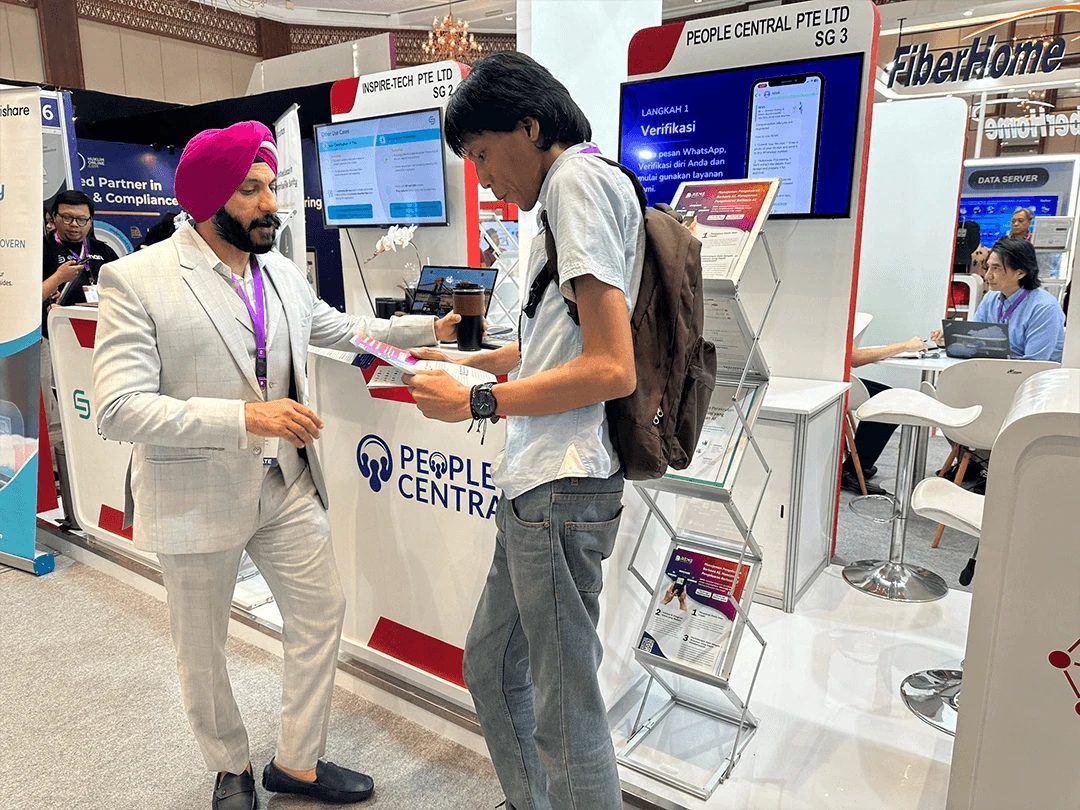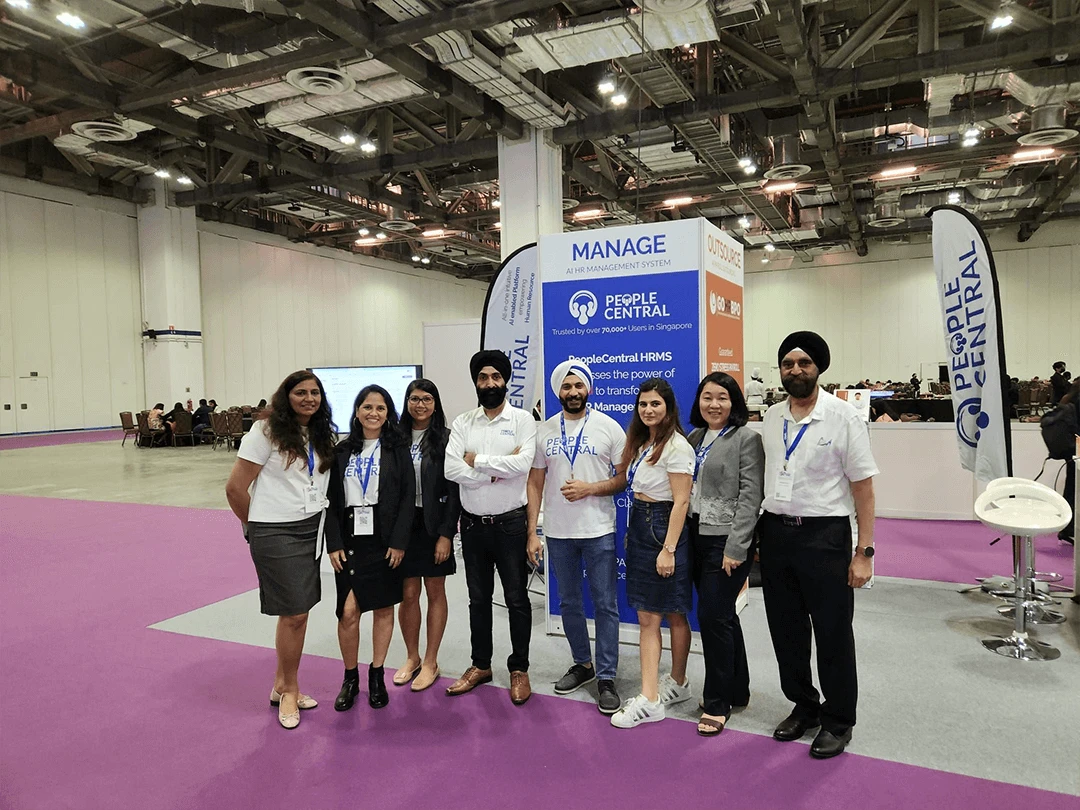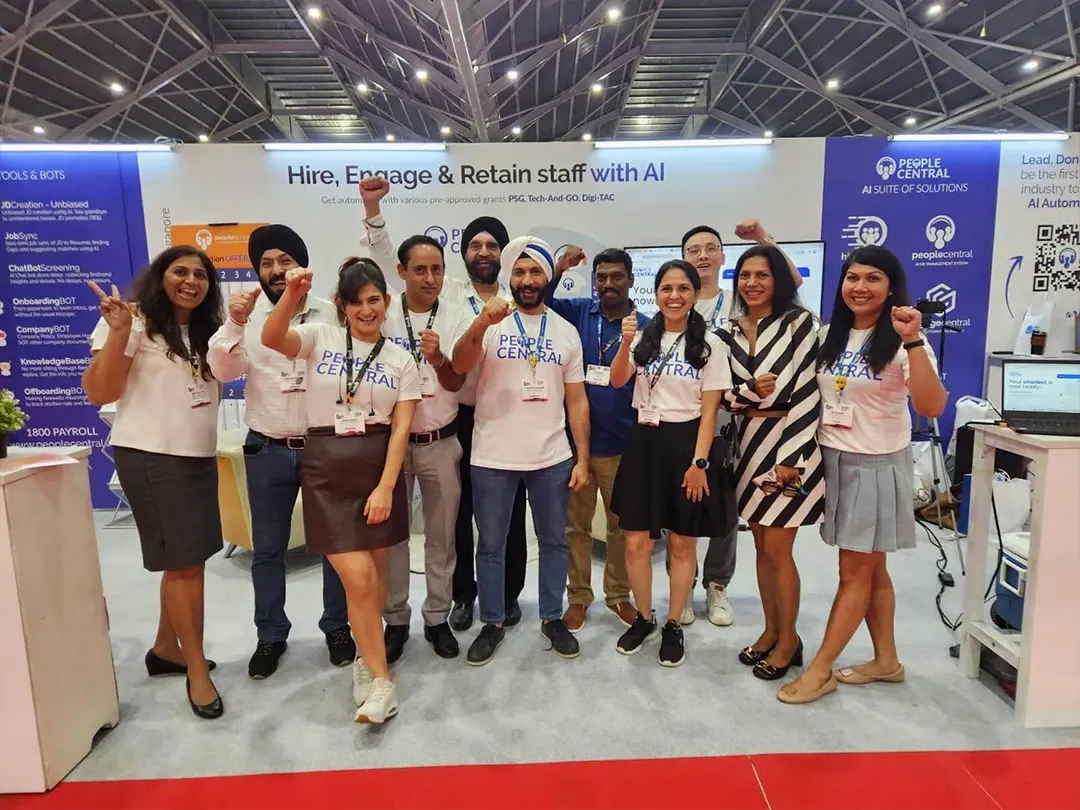There’s a lot of talk about how to make work more productive, satisfying and inspiring. And when we do the research, many times the answer is ‘flexibility’. Flexible arrangements motivate employees to be more engaged. It promotes a better quality of life and happier, less stressed workers ultimately leading to benefits for organizations. Implementing HR software can significantly enhance workplace flexibility by streamlining processes, facilitating remote work arrangements, and promoting efficient communication among team members.
13 Practical Ways for How to Improve Flexibility at Work
In today’s fast-paced work environment, having the flexibility to adapt to changing circumstances is crucial for success. At PeopleCentral, we understand the importance of optimizing workplace flexibility to ensure maximum productivity, employee satisfaction, and business growth. In this article, we present 13 proven techniques to enhance your workplace flexibility, enabling you to outperform the competition.
1. Embrace Remote Work and Flexible Working Options
Remote work and flexible working practices are pivotal in today’s dynamic workforce. Offering your employees the option to work remotely provides them with flexibility in their daily schedules. It allows them to choose when and where they work, fostering a flexible mindset that prioritizes worker well-being.
2. Flexible Work Hours and Work Schedules
Flexible hours and schedules are key benefits that contribute to employee satisfaction. Encourage employees to select their work hours within defined ranges, promoting employee flexibility. This flexibility for employees ensures they can manage their time effectively and choose when to put in extra hours when needed.
3. Task Prioritization and Flexible Thinking
Empower your team with the skills of flexible thinking and task prioritization. This flexible workforce management strategy allows employees to adapt to changing demands, ensuring that the right tasks are prioritized at the right time.
4. Agile Workspace Design and Management Strategy
A well-thought-out agile workspace design is essential for flexible work practices. Incorporate open work areas, breakout rooms, and comfortable seating arrangements. This management strategy fosters collaboration and flexible team dynamics.
5. Technology Integration and Flexible Working Arrangements
Incorporate technology into your flexible working arrangements. Invest in the latest technology to support remote work, video conferences, and project management tools. This not only ensures seamless communication but also encourages the use of flexible options for collaboration leading towards a healthy work-life balance.
6. Cross-Training and Employee Flexibility
Cross-training employees is a flexible workforce approach that boosts adaptability. By training your team to perform various roles, you create a workforce capable of embracing different functions and roles, making it easier to adjust to changes.
7. Flexibility in Dress Code and Inclusive Workplace
Implement a relaxed dress code policy that contributes to an inclusive company culture. This flexible work practice ensures that employees feel comfortable and respected, regardless of their attire.
8. Employee Well-Being
Offer a range of benefits packages that cater to the diverse needs of your employees, including health, wellness, and retirement options. This is a flexible management strategy that promotes remote employee’s well-being.
9. Clear Communication and Employee Wellness Programs
Foster clear and open communication within your organization. Make sure your team is aware of any changes and can provide feedback. Implement employee wellness programs that contribute to worker well-being and a flexibility mindset.
10. Encourage Creative Thinking
Inspire creativity by encouraging employees to brainstorm and share ideas freely. This flexible thinking is a key takeaway from this article, as it fosters a dynamic and adaptive work environment.
11. Project-Based Work and Flexible Meeting Schedules
Organize work into projects, allowing employees to focus on specific tasks and adapt to different project requirements. When scheduling meetings, ensure they are at times convenient for all participants, taking into account different time zones for remote teams.
12. Flextime and Continuous Learning
Implement a flextime policy that enables employees to choose when they start and finish their workday, within specified limits. Encourage continuous learning and development, ensuring your team stays up-to-date with industry trends.
13. Remote Work Guidelines and Crisis Management Plans
Create clear remote work guidelines to ensure consistency in work expectations and communication. Additionally, have comprehensive crisis management plans in place to handle unexpected challenges with grace and agility.
Let’s Conclude!
In conclusion, at PeopleCental, we believe that implementing these 13 techniques, including flexible working practices, will help you improve your benefits for employees with workplace flexibility significantly. By embracing change and creating an adaptive work environment, you’ll not only outrank competitors but also foster a culture of success, innovation, and growth.
FAQs
Ques 1. How to achieve a flexible schedule in a remote workforce?
Ans. Having a flexible work schedule can be extremely beneficial for employers and employees alike, as it allows workers to better manage their work-life balance and adjust their schedules to fit their individual needs. In a remote workforce, achieving a flexible schedule can be even more difficult because of the lack of physical proximity between team members. However, with the right tools and strategies, it is possible to create an environment that fosters job satisfaction, and improved mental health of employees with flexible work arrangements.
Ques 2. What are the key benefits of implementing workplace flexibility in my organization?
Ans. Workplace flexibility offers numerous benefits. It enhances employee satisfaction and well-being, leading to increased productivity and reduced turnover. Flexible work options also attract top talent and improve work-life balance. Additionally, it allows your organization to adapt quickly to changing market conditions and demands, ultimately boosting your competitive advantage.
Ques 3. How can I ensure that remote employees remain productive and connected within a flexible work environment?
Ans. To maintain productivity and connectivity among remote employees, you can invest in the right technology for virtual collaboration, establish clear communication guidelines, and set realistic performance expectations. Encourage remote employees to maintain regular contact with the team and participate in virtual meetings. Providing training and support for remote work tools can also help keep your team engaged and efficient.
Ques 4. What is the role of leadership in fostering workplace flexibility?
Ans. Leadership plays a critical role in fostering workplace flexibility. Leaders should set an example by embracing flexible work practices themselves. They need to communicate the importance of flexibility and empower employees to make decisions within their areas of responsibility. By creating a culture that values adaptability and prioritizes employee well-being, leaders can drive the successful implementation of workplace flexibility in the organization.








 5
5


























